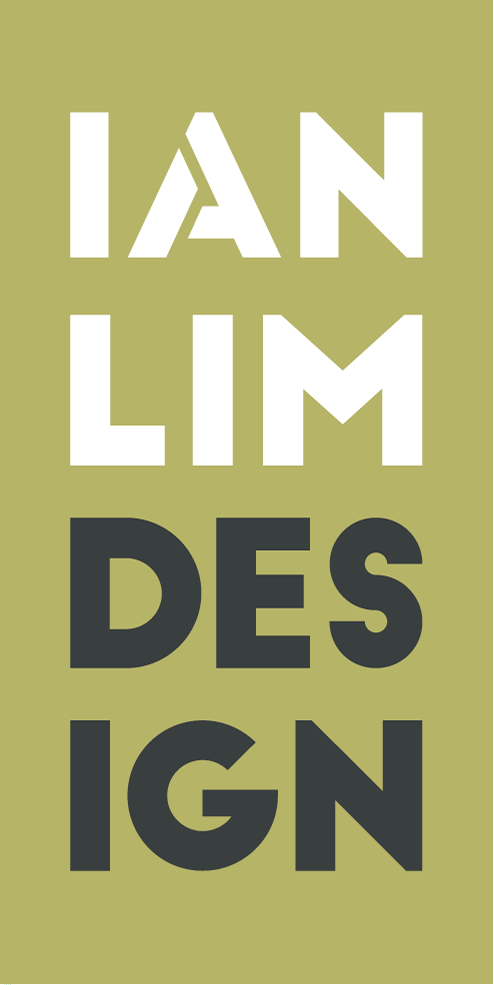
The Designer
My name is Ian Lim and I am a young Filipino-Canadian Designer. Having graduated from De La Salle-College of Saint Benilde (Manila, Philippines) in 2014 with a Bachelor’s Degree in Industrial Design, I moved to Cebu, Philippines (the Furniture Capital of the Philippines) to pursue my training in Furniture Design under Design Director of Pacific Traders & Manufacturing Company, Bernice Montenegro.
Under the company, I was positioned in the design department where I honed my skills as a furniture designer and assisted in creating products for Palecek, Curate Home Collection, Ethan Allen and Restoration Hardware.
In 2016, I moved to Milan to pursue my Master’s Degree in Product Design from Domus Academy Milan. There, I worked with brands such as Wood-Skin, Infiniti Design, Aster Cucine and the Museum of Cycladic Art.
After working as a freelancer in Graphic Design, Visual Branding and Interior Decor while competing in contests under brands such as Luxy, 3M, Gucci and FILA, I decided to pursue another Master's Degree in the field of Interior Design at Scuola Politecnica di Design.
Currently, I am pursuing a career that allows me to apply my accumulated knowledge and past experiences and develop in the creative industry.
The Philosophy
Design is a Conversation. Good design can never be made in a bubble. Conversation is a great way to achieve clarity of thought, even if you are just talking to yourself. But when we involve other people, we begin to explore new areas and dimensions that we could not have thought about on our own. It is said that design is the dialogue between designer and user; designers talk to people about their wants and needs then we develop a treatment that addresses their needs. But it is more than this exchange; there is the conversation between colleagues, between designer and manufacturer and between the object or space and the user. Good design considers all of these; great design applies it.
Design is the Art of Seduction. Engineering is to function what Design is to desire. We design for people and people are not purely functional but also emotive beings. It is no longer enough to address current functional and ergonomic needs but designers need to be able to engage people on an emotional level to convince them not only of what they need but also what they want.
